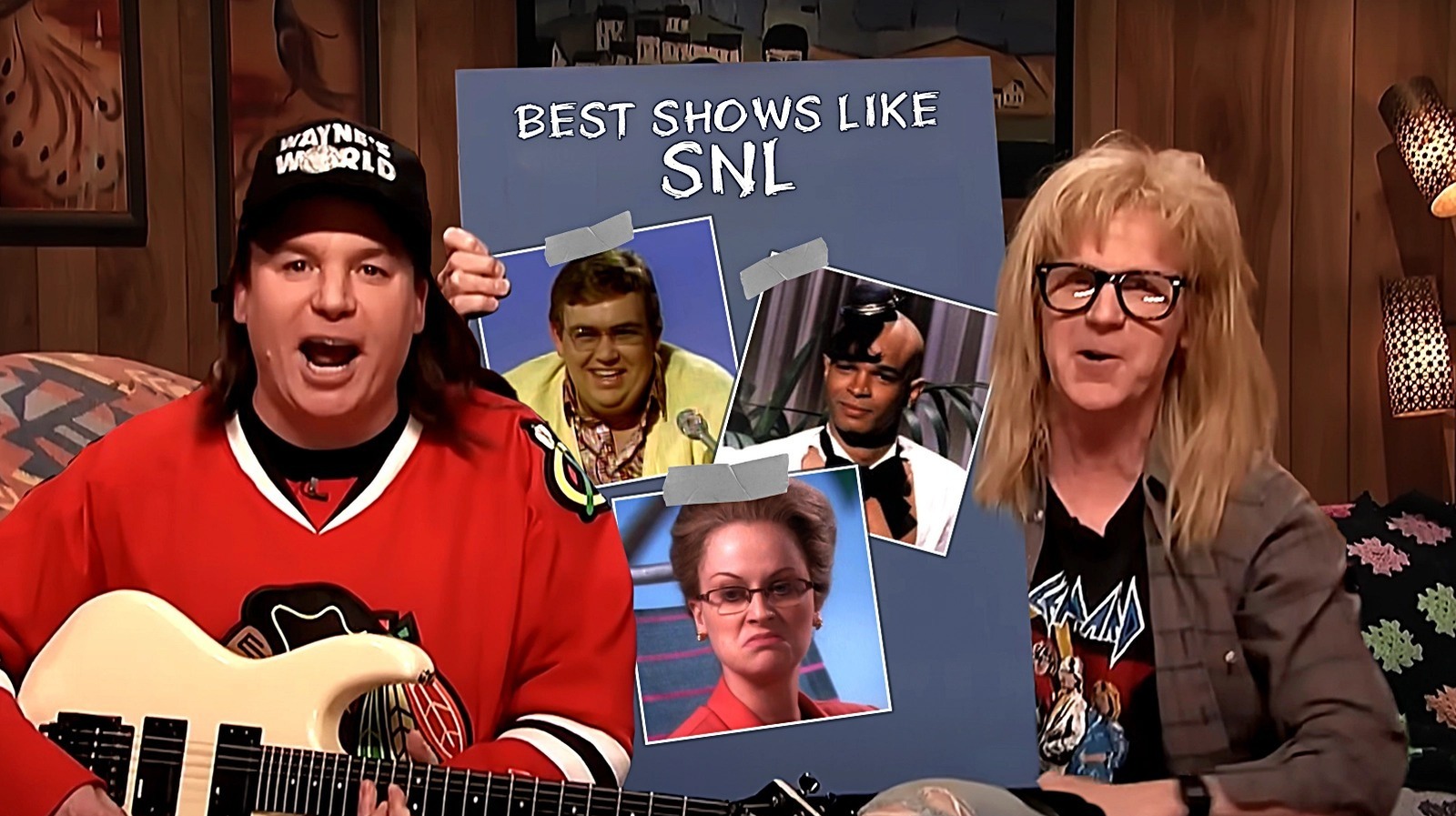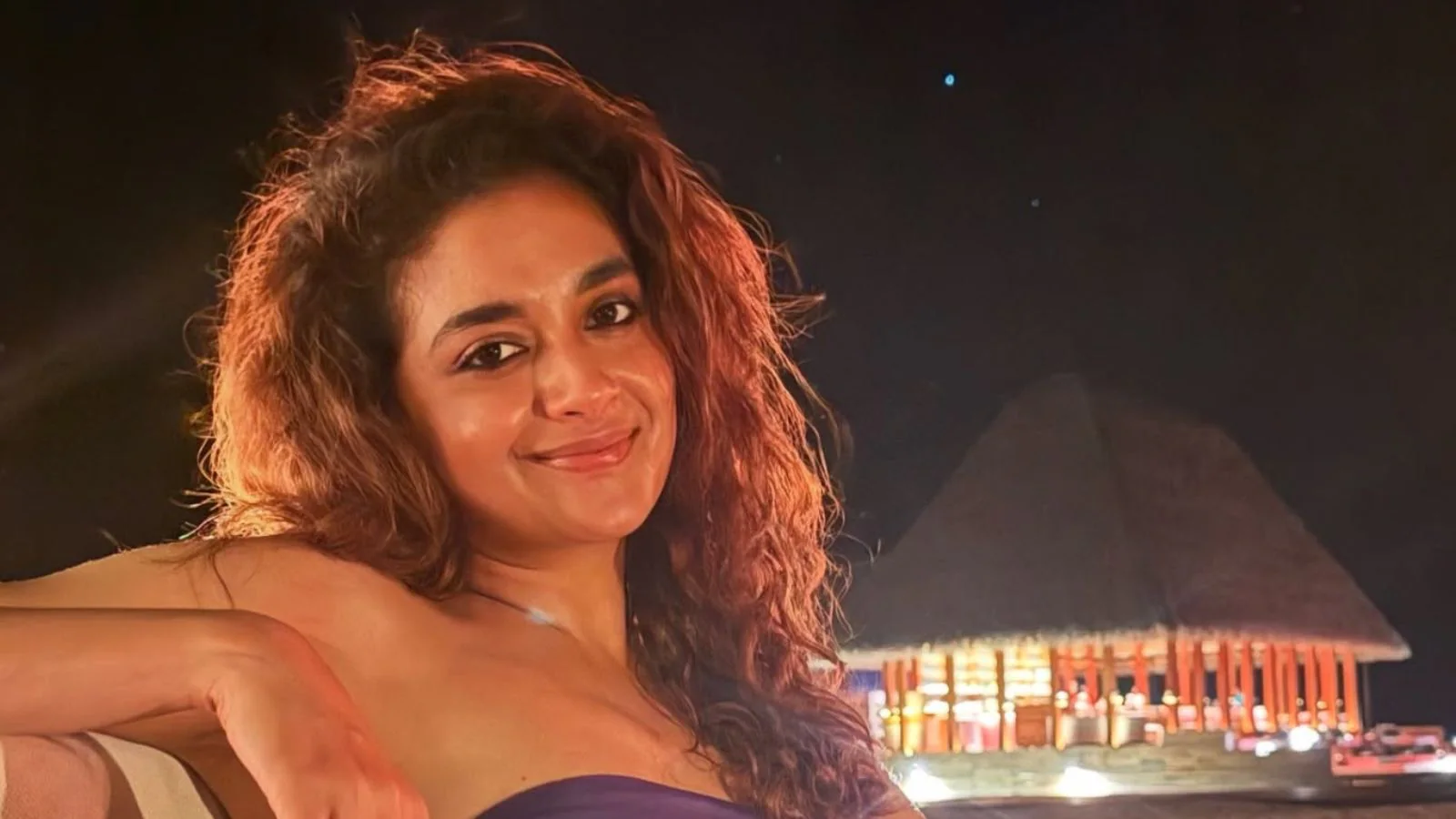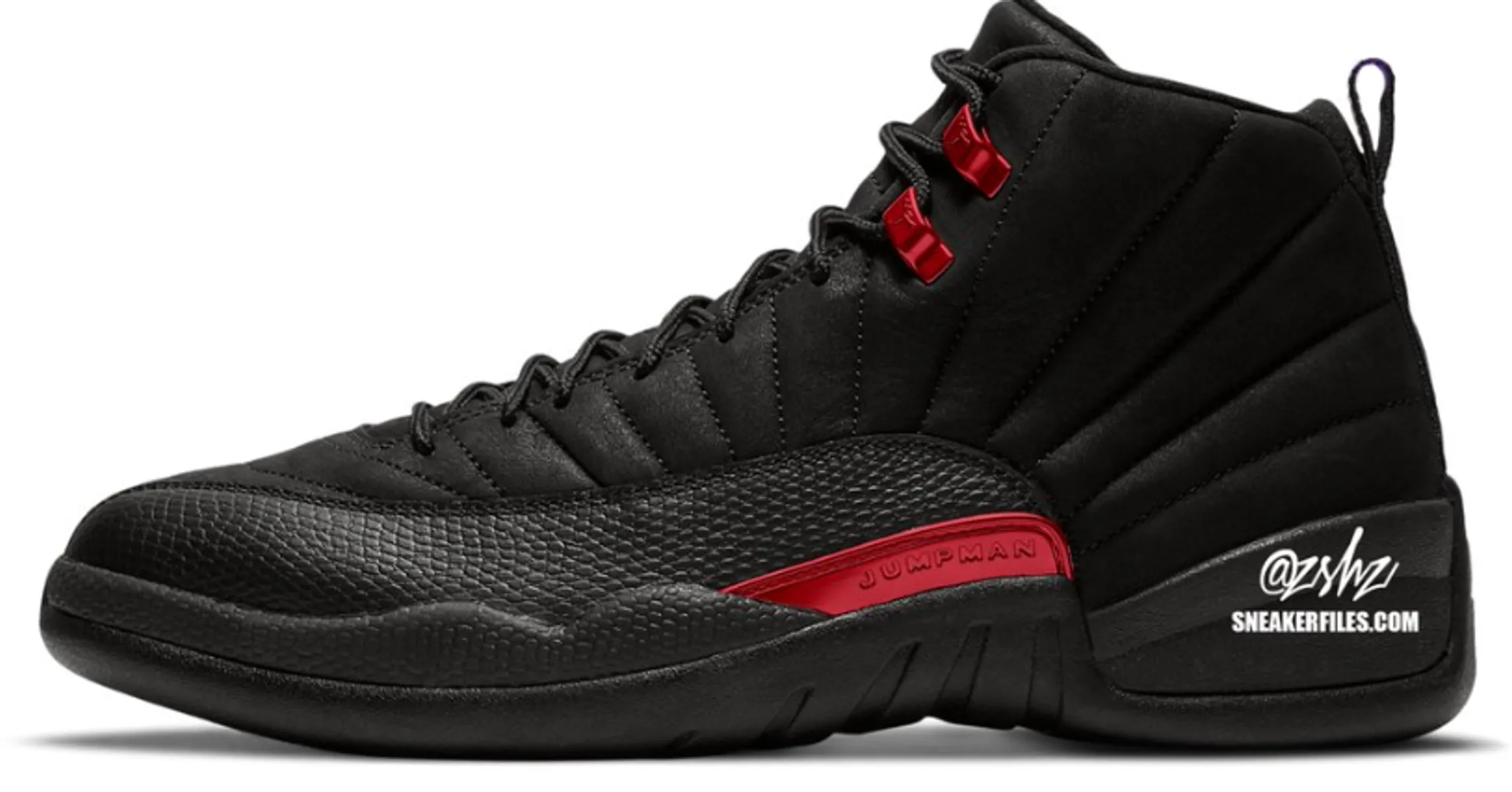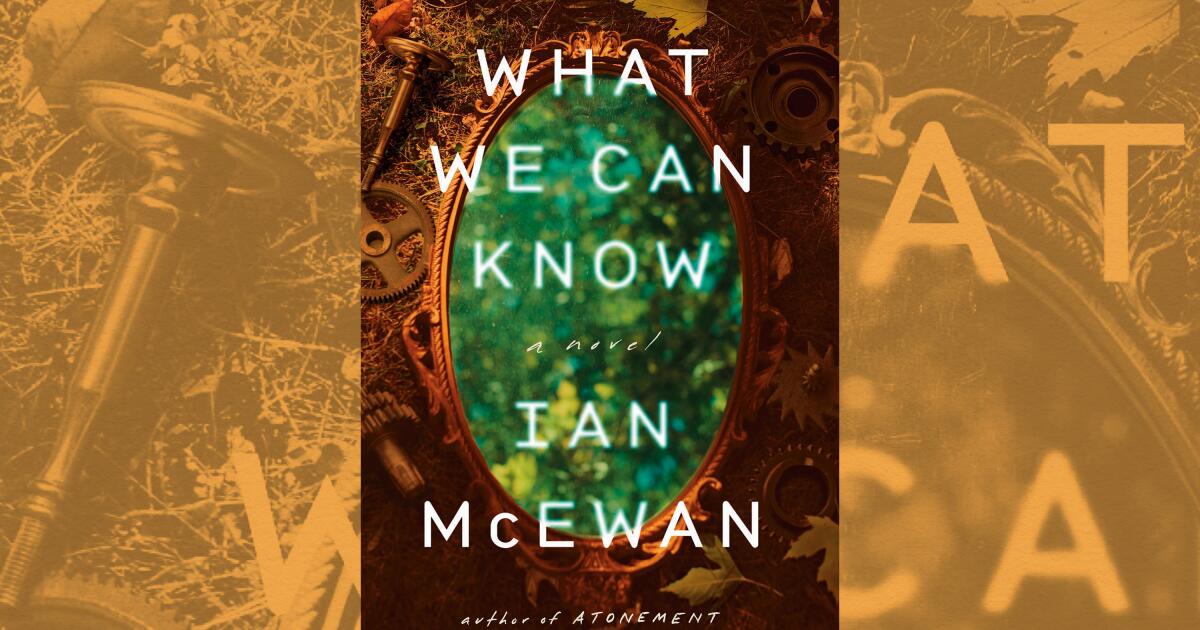
2025 marked the 50th anniversary of “Saturday Night Live,” with a massive “SNL 50 Anniversary Special” airing in February that celebrated the show’s past and present, even the stuff that’s aged poorly. As the most popular and mainstream vehicle for sketch comedy since 1975, “SNL” has not only kickstarted the careers of some of the greatest comedic voices of all time (Eddie Murphy, Tina Fey, Will Ferrell, etc.), but also has influenced modern life both culturally and politically.
Yet, for many people, their knowledge of sketch comedy starts and ends with “SNL,” when even the show itself owes so much to comedies that came before it. Some “SNL” stars have gone on to make their own sketch-driven series since starring on the NBC show, while other popular sketch shows rose into the mainstream to challenge the relevance of “SNL” for a time. These 15 TV shows include the forefathers of “SNL,” the sketches spawned from its comedic influence, and even a glimpse at what the future of sketch comedy looks like thanks to the Internet.
Talk to any professional comedy writer, and you’ll likely hear a story about their first exposure to Monty Python. The British sketch troupe (which included John Cleese, Eric Idle, Michael Palin, Graham Chapman, Terry Gilliam, and Terry Jones) created one of the best British TV shows of all time in “Monty Python’s Flying Circus,” which is as timeless as it is laugh-out-loud funny, with premises as unexpected as the Spanish Inquisition.
Among the series’ most famous sketches include the “Dead Parrot” sketch, in which Cleese tries to return a dead parrot to an incompetent pet store owner, and “The Ministry of Silly Walks,” a dead-pan sketch documenting a municipal organization inventing new, ridiculous ways to walk. Many of these sketches later appeared in the film adaptation of the series, “And Now for Something Completely Different,” which predated the troupe’s venture into film with “Holy Grail” and “Life of Brian.” If you were teaching Sketch Comedy 101 class, “Monty Python’s Flying Circus” would simply be required viewing.
“SNL” famously poached its main actors and writers for the first ever season from two places: “The National Lampoon Radio Hour,” and “The Second City” improv theaters in Chicago and Toronto. However, many members of the latter community who weren’t initially invited to join “SNL” took their comedic efforts to a Canadian sketch series, “Second City Television,” which aired from 1976 to 1984 and starred future comedy legends like Rick Moranis, Catherine O’Hara, John Candy, Martin Short, and Andrea Martin.
Although the show never broke through in the mainstream like their comrades at “SNL,” many comedy fanatics at the time preferred it over the NBC-produced series for being more off the beaten path. While some characters, like Short’s Ed Grimley, would later move over to “SNL,” others, like Moranis and Dave Thomas’ Bob and Doug of “Great White North,” even got their own film in 1983, “Strange Brew.” Ultimately, “SCTV” was always overshadowed by its New York rival, but re-watching it offers an idea of what else was going on in the comedy scene during “SNL’s” heyday.
“The Kids in the Hall” began as a Canadian sketch troupe in the early ’80s before they were discovered by none other than Lorne Michaels, who rather than adopt them over on “Saturday Night Live,” helped them develop their own series on CBC (HBO in the states). The group consisted of Dave Foley, Mark McKinney, Kevin McDonald, Scott Thompson, and Bruce McCulloch, and in the vein of “Monty Python’s Flying Circus,” they played ostensibly every role in the series, whether it be male or female.
What was notable about “The Kids in the Hall,” compared to other sketch shows at the time, was how willing it was to tackle difficult subjects of everyday life, teaching viewers it’s ok to be uncomfortable. Sadly, most of the show’s cast is better known for their later work (Foley starred in “NewsRadio,” McKinney joined “SNL” in the late ’90s, and McDonald has lent voice work to several animated franchises), but they made a well-deserved reunion in 2022 on Amazon Prime, which saw the Canadian quintet return mostly to comic form.
“In Living Color” may have only been on the air for four years, but its impact on the sketch comedy landscape can still be felt to this day. The Emmy-winning Fox series stood out from the crowd when it premiered in the early 90s by having a cast that was predominately black, especially compared to “SNL,” which back then only had non-white representation in Chris Rock, Tim Meadows, and Ellen Cleghorne. “In Living Color” boasted David Alan Grier, Jamie Foxx, and the Wayans family, but by far the biggest star to come from the sketch show was Jim Carrey.
Though many might not think of “In Living Color” as the Jim Carrey role that changed Hollywood forever, the comedian originated iconic characters like Fire Marshall Bill (who makes a stealthy cameo in “Liar Liar”) and Vera de Milo on the program, which also included characters and sketches like Homey the Clown and Calhoun Tubbs. Sadly, it was cancelled by Fox after the Wayans brothers left the program due to creative differences.
The State was a comedy troupe that formed in the early ’90s but is perhaps best recognized for their work on films like “Wet Hot American Summer,” television shows like “Reno 911!,” and other sketch shows like “Stella” in the mid-2000s. However, “The State” was among MTV’s earliest forays into sketch comedy, drawing a much younger, teenage audience than its network competitor “SNL,” which had more political satire and topical humor. The troupe’s most notable members include Michael Ian Black, Ken Marino, Joe Lo Truglio, Thomas Lennon, and Michael Showalter.
However, with the show’s success in alternative comedy also came strife, as network pressure for the show to create characters and catchphrases like “SNL” led to satirical characters like Ken Marino’s Louie, who was overly reliant on exclaiming that he wanted to “dip his balls” in various things. Sadly, “The State” ended and created a rift between the comedy group, but at the very leas, they got to create some pretty memorable comedy before any of that went down.
When it comes to behind-the-scenes voices on “SNL,” few deserve as much respect as Bob Odenkirk. Aside from writing Chris Farley’s iconic “Van Down By the River” sketch, Odenkirk, along with writers like Robert Smigel and Conan O’Brien, was a big presence on “SNL” in the late ’80s and early ’90s, but it was only after performing on the short-lived “Ben Stiller Show” alongside David Cross that he got the chance to do his own thing on HBO. That thing was “Mr. Show with Bob and David,” perhaps one of the most influential sketch comedy programs outside of “SNL.”
Despite its lack of success in ratings, “Mr. Show” was the antithesis of the last-minute sketch comedy popularized by “SNL.” On “Mr. Show,” sketches were meticulously written and crafted to blend into one another, resulting in unexpected classics like “The Audition,” “Pre-Taped Call-In Show,” and “The Story of Everest.” It even spawned a movie, “Run Ronnie Run,” which Odenkirk and Cross remember as a “debacle,” but even that didn’t dampen the show’s staff from reuniting in 2015 for “W/ Bob & David” on Netflix.
“Mad TV” was perhaps the most mainstream sketch comedy series aside from “SNL” in the late 90s and early 2000s, which often drew comparisons both favorable and unfavorable by critics. It often had a lot of the same faults as “SNL,” from the overuse of certain popular characters to having sketches that have aged incredibly poorly in the years since they aired. However, “Mad TV” also had an unparalleled collection of comedic talent in its cast, including long-time cast member Michael McDonald, future Emmy winner Alex Borstein, and prolific voice actor Phil LaMarr.
Over the years, the “Mad TV” cast of legends included Nicole Parker, Keegan Michael-Key, Jordan Peele, Will Sasso, Simon Helberg, Lisa Donovan, and Ike Barinholtz, but by the time it ended in 2009, it had faded mostly into obscurity. Seven years later, “Mad TV” came back with new episodes on The CW, albeit lacked the presence of the show’s most memorable cast members. Much like McDonald’s character Stuart, it was very much a show that said, “Look what I can do,” in order to gain attention it ultimately couldn’t keep.
The Upright Citizens Brigade emerged from Chicago as an offshoot of the local ImprovOlympic theater, and since then, it’s grown into becoming its own improv and sketch training center with locations in both Los Angeles and New York City. It’s also a notable breeding ground for future stars of “SNL,” including performers like Bobby Moynihan, Ego Nwodim, Bowen Yang, and Kate McKinnon. But, did you know that the original incarnation of the group (Amy Poehler, Matt Walsh, Ian Roberts, and Matt Besser) had their own sketch series on Comedy Central?
Predating even Poehler’s own debut on “SNL” in 2001, “Upright Citizens Brigade” aired for three seasons, but unlike other sketch shows, it had more of an overarching narrative in which four members of the titular organization are monitoring social behavior and influencing events, which often result in transitions between each of the show’s separate sketches. It was certainly a unique sketch show for what it was, even if its stars all went on to do much less esoteric and mainstream sketch work in the future.
If there was any sketch series that had the potential to dethrone “SNL” in terms of its savvy political satire and relevancy, it was “Chappelle’s Show.” Created by Dave Chappelle and Neal Brennan, it’s the blueprint for many Comedy Central programs that came after it, likely due to the behind-the-scenes drama that resulted in Chappelle abandoning it in its third season. Most of the sketches starred Chappelle himself, but also included guest spots from comics like Patrice O’Neal, Bill Burr, and Rashida Jones, among many other stars and musical guests.
Among Chappelle’s most notable characters included crackhead Tyrone Biggums (above), news reporter Chuck Taylor, and “Black Bush,” the latter being Chappelle assuming the role of George W. Bush. Even the best and worst sketches from Dave Chappelle’s “SNL” hosting gigs are reminiscent of the great “Chappelle’s Show” sketches, albeit maybe never as perfectly executed. Sadly, Chappelle’s transphobic rhetoric of the past few years has put a dampen on appreciating his work, because when Chappelle was at his most progressive was also when he was his funniest self.
Comedy Central tried for years to recreate the success of “Chappelle’s Show,” and luckily, they struck gold by hiring Keegan Michael-Key and Jordan Peele from “Mad TV” to do their own sketch series, which aired from 2012 to 2015. As far as 2010s sketch comedy goes, “Key & Peele” is as much a product of its time as Jordan Peele’s movies, combining absurd pop cultural references with biting social satire and political commentary. Surely, we all remember where we were when we saw Key play Obama’s anger translator Luther with President Obama himself during the White House Correspondents’ Dinner.
Among the other famous sketches from “Key & Peele” include modern classics like “Substitute Teacher,” the memorable “East/West College Bowl,” and the endlessly quotable “I Said, B***h.” Of course, we also can’t talk about “Key & Peele” without talking about the Valets, who became some of the most iconic characters from the show as they crashed out over Liam Neeson movies, “Star Wars,” and “Game of Thrones.”
“Portlandia” premiered on IFC in 2011, two years before one of its stars, Fred Armisen, would depart from the cast of “SNL.” Thankfully, there was no worry over the two shows crossing paths, considering that “Portlandia” was a vehicle for Armisen and collaborator Carrie Brownstein (of rock band Sleater-Kinney) to create hyper-specific character pieces exploring the eccentric residents of Portland, Oregon. There’s feminist bookstore owners Candace and Toni, “Put A Bird On It!” entrepreneurs Bryce and Lisa, and hipsters Spyke and Iris, alongside Armisen and Brownstein as exaggerated versions of themselves rooming together in Portland.
Over the course of “Portlandia’s” 8 seasons, the show also featured a variety of guest stars, from actors like Kyle MacLachlan and Olivia Wilde, to musicians like Annie Clark and Jack White. If there’s one crossover we’d have to recommend, it’s when the final season of “Portlandia” met John Mulaney and Nick Kroll’s “Oh, Hello!” characters Gil and George, which is just the perfect pairing of super specific and highly entertaining alternative comedy.
Tim Robinson was a cast member on “SNL” for only one season, but spent the remainder of his time at 30 Rock as a writer. Robinson left “SNL” in 2016 to do his own sitcom on Comedy Central, “Detroiters,” but it wasn’t until his specific brand of sketch comedy came to Netflix with “I Think You Should Leave” that the comedian started to pierce the bubble of popular culture. The show, which has ran since 2019, has a simple but infinitely reusable premise of featuring characters who refuse to admit they’re wrong during awkward social situations.
Among the best “I Think You Should Leave” sketches include Robinson as a man in a hot dog costume deflecting blame for a hot dog-shaped car crashing into a clothing store or as a man driving his co-worker home from a bar whilst peddling his “Driving Crooner” car window decals. Over the three seasons that have currently aired, “I Think You Should Leave” has also roped in Robinson’s famous friends, including Andy Samberg, Cecily Strong, Bob Odenkirk, and Ayo Edebiri. Hopefully, the fourth season doesn’t take too long to come out, even though Robinson’s been busy with his absolute must-see movie “Friendship.”
A common criticism of “SNL” is the show’s absence of women of color in their casting history, with exceptions including Maya Rudolph, Ego Nwodim, and Leslie Jones. However, HBO came to sketch comedy’s rescue in 2019 with “A Black Lady Sketch Show,” created by Robin Thede and featuring a talented cast of black women, including Quinta Brunson, Ashley Nicole Black, and Gabrielle Denis, with guest stars like Angela Bassett, Issa Rae, Tyler James Williams, and Wanda Sykes.
Unfortunately, “A Black Lady Sketch Show” didn’t last too long after the show’s biggest actors left the hit TV show to pursue other projects, but it still produced some real gems over its four seasons. Some of our favorites include Angela Bassett leading a “Bad B***h Support Group,” or the adventures of Chris and Lachel, the former of whom has trouble committing to anything, even being in the exit row on an airplane.
In an era of too many streaming services and a difficulty to keep up with linear TV, it’s incredible that a company like Dropout became the best streaming service by virtue of having exclusive, quality content featuring a diverse cast of comedic talent. As the phoenix rising from the ashes of College Humor, Dropout has plenty of incredible shows like “Dimension 20” and “Very Important People,” but for those who enjoy the chaos of “SNL,” you should definitely check out “Game Changer,” hosted by Dropout’s CEO, Sam Reich.
Over its now 7 seasons, “Game Changer” boasts a simple but complex premise in which every episode features completely new rules to the game that the contestants know nothing about. Among the best examples of this include “Escape the Greenroom,” in which players are unknowingly trapped in the studio’s greenroom, as well as “One Year Later,” in which a trio of contestants complete a series of specific challenges over the course of one real calendar year. It’s an ambitious show that remains infinitely fascinating to watch, as is its spin-off game show “Make Some Noise,” also on Dropout.
For our last show to recommend for those who like “SNL,” it’s about time we talk about the reigning “SNL” of YouTube: Smosh. What began as two teenagers making sketches in their bedroom has evolved into a comedic enterprise collecting some of the funniest comics in the local sketch and improv scene, which culminated in 2023, when original creators Ian Hecox and Anthony Padilla repurchased their company from fellow YouTubers Rhett & Link. The channel’s premiere venture since then has been a variety show called “Bit City,” hosted by Angela Giarratana, which combines improvised character pieces, pre-taped sketches, and talk show roundtables all based around a specific theme.
A lot of “Bit City” has proven itself a vehicle for Smosh’s iconic characters, such as Amanda Lehan-Canto’s jaded detective Sarah Christ, or Shayne Topp’s enigmatic Bystander. Mostly, the appeal of “Bit City” that “SNL” fans will find its the joy radiating off the studio stage, as the show’s performers seem to be having as much fun as “SNL” casts breaking during sketches like “Debbie Downer” or “More Cowbell.” If sketch comedy has any bright future on the Internet, “Bit City” is the format that combines its past and present into something timeless, which is exactly what “SNL50” did earlier in 2025.



